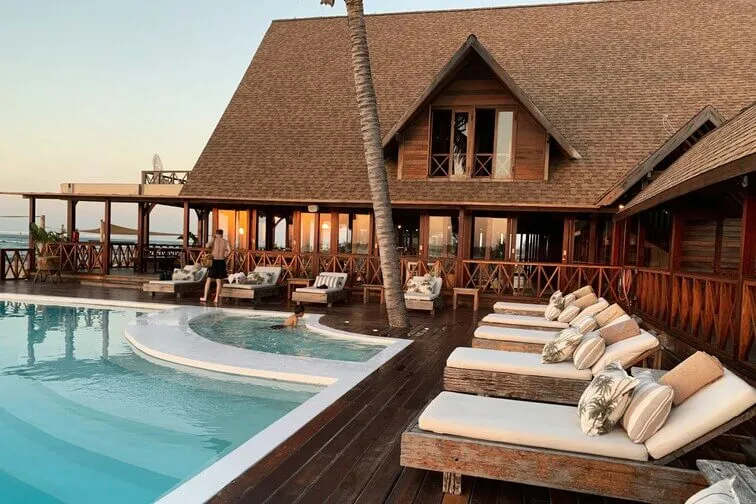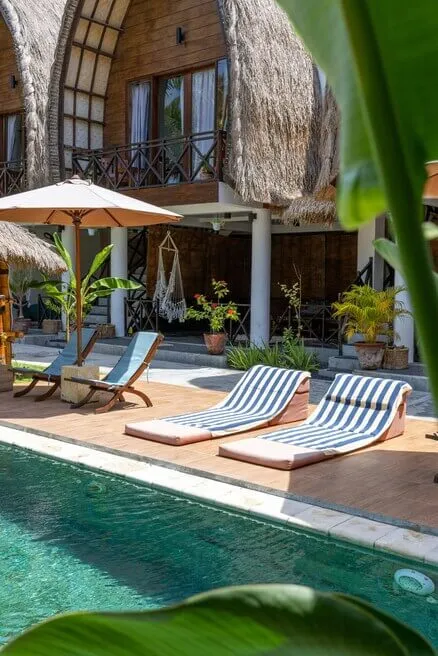Basic Info
Fatehpuri Masjid
spot
Ratings & Description
Info
The Fatehpuri Mosque is a 17th-century mosque in India located at the western end of the oldest street of Chandni Chowk, in the Old Delhi neighbourhood of Delhi, India. It is opposite the Red Fort on the opposite end of Chandni Chowk.
 Learn more insights from Wanderboat AI.
Learn more insights from Wanderboat AI.Plan your stay
Posts




Reviews
Reviews of Fatehpuri Masjid
Fatehpuri Masjid, one of Delhi’s oldest and most revered mosques, was constructed in 1650 by Fatehpuri Begum, a wife of the Mughal Emperor Shah Jahan, who also commissioned the Taj Mahal. Named after its founder, Fatehpuri Masjid stands at the western end of the bustling Chandni Chowk, opposite the monumental Red Fort and facing Jama Masjid across the old city. This masjid showcases the intricate Mughal architectural style, specifically with its red sandstone structure, onion-shaped domes,...
Read more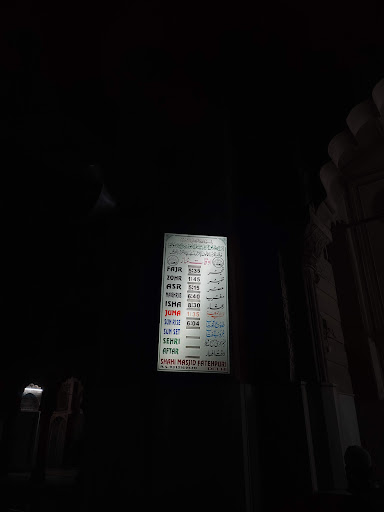
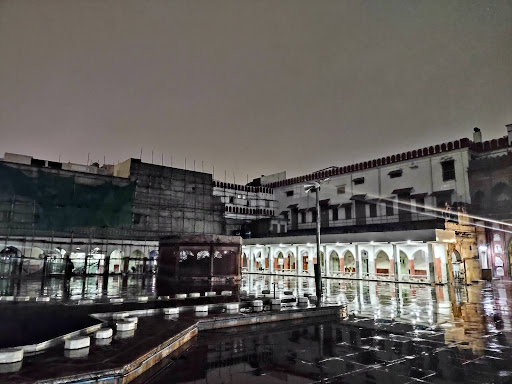
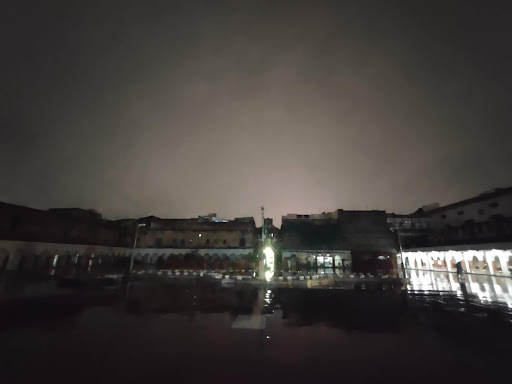
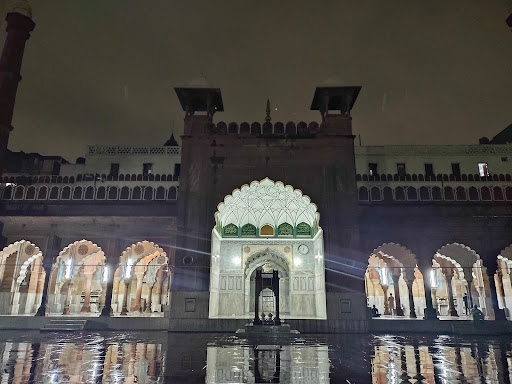
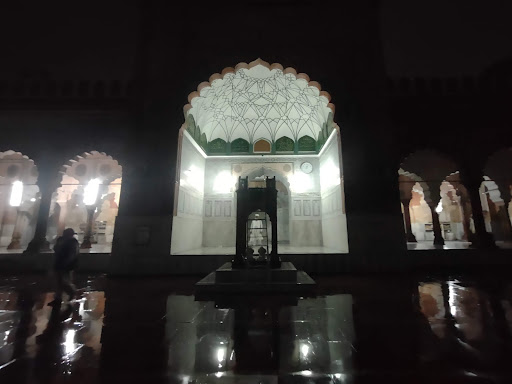
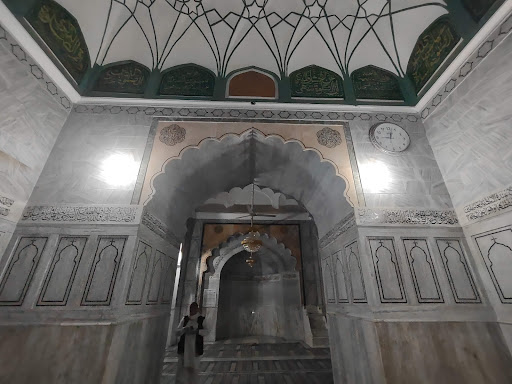
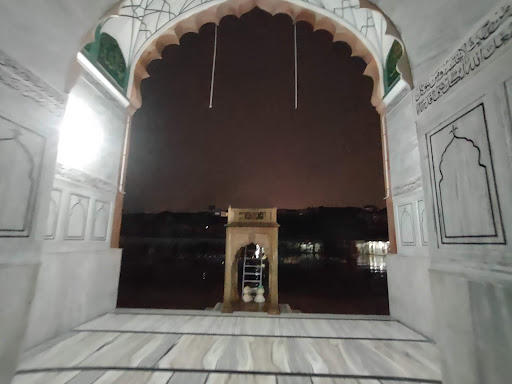
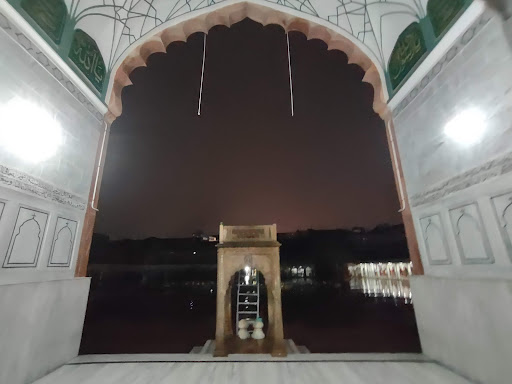
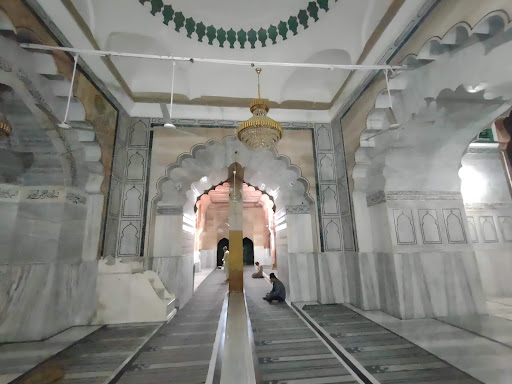
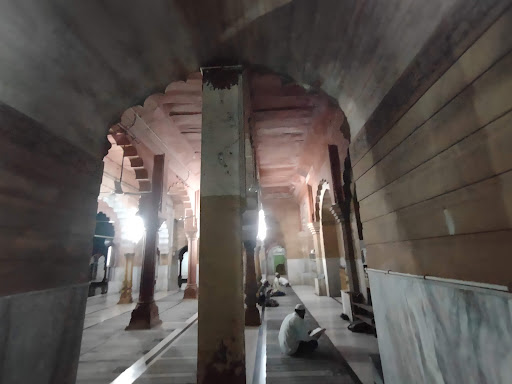
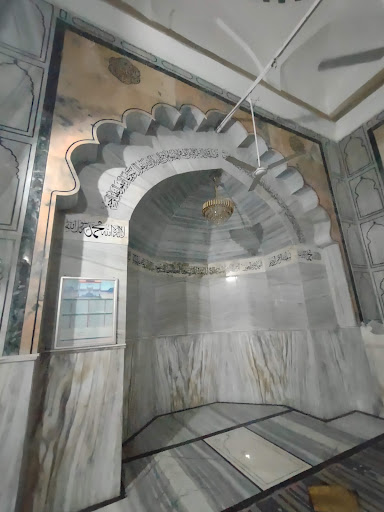
Located at the western end of the old street of Chandni Chowk in Delhi, Fatehpuri Masjid was built in 1650 by Mughal emperor Shahjahan’s wife, Fatehpuri Begum. Named after its creator, this red sandstone mosque is a beautiful specimen of the magnificence of Mughal architecture.
During the British rule, troops were stationed in Fathepuri Masjid in 1857 and later on it was confiscated and auctioned. It was at this place that many famous inter-religious debates took place in the...
Read more1 recently had the pleasure of visiting Fatehpuri Masjid, a magnificent mosque in Delhi, and adjacent to it, I stumbled upon the sprawling paradise of flavors known as the biggest spice and dry fruit market of Delhi. The experience was truly delightful, blending architectural marvel with the vibrant essence of aromatic spices and tantalizing dried fruits. As I approached Fatehpuri Masjid, the grandeur of its architecture immediately caught my attention. The mosque's stunning design,...
Read moreNearby attractions of Fatehpuri Masjid
ISKCON Temple Chandni Chowk
Gurudwara Sis Ganj Sahib
Delhi Public Library
Masjid Mubarak Begum
Sunehri Masjid Chandni Chowk

ISKCON Temple Chandni Chowk
4.9
(26)

Gurudwara Sis Ganj Sahib
4.8
(26.2K)

Delhi Public Library
4.2
(356)

Masjid Mubarak Begum
4.3
(141)
Things to do nearby
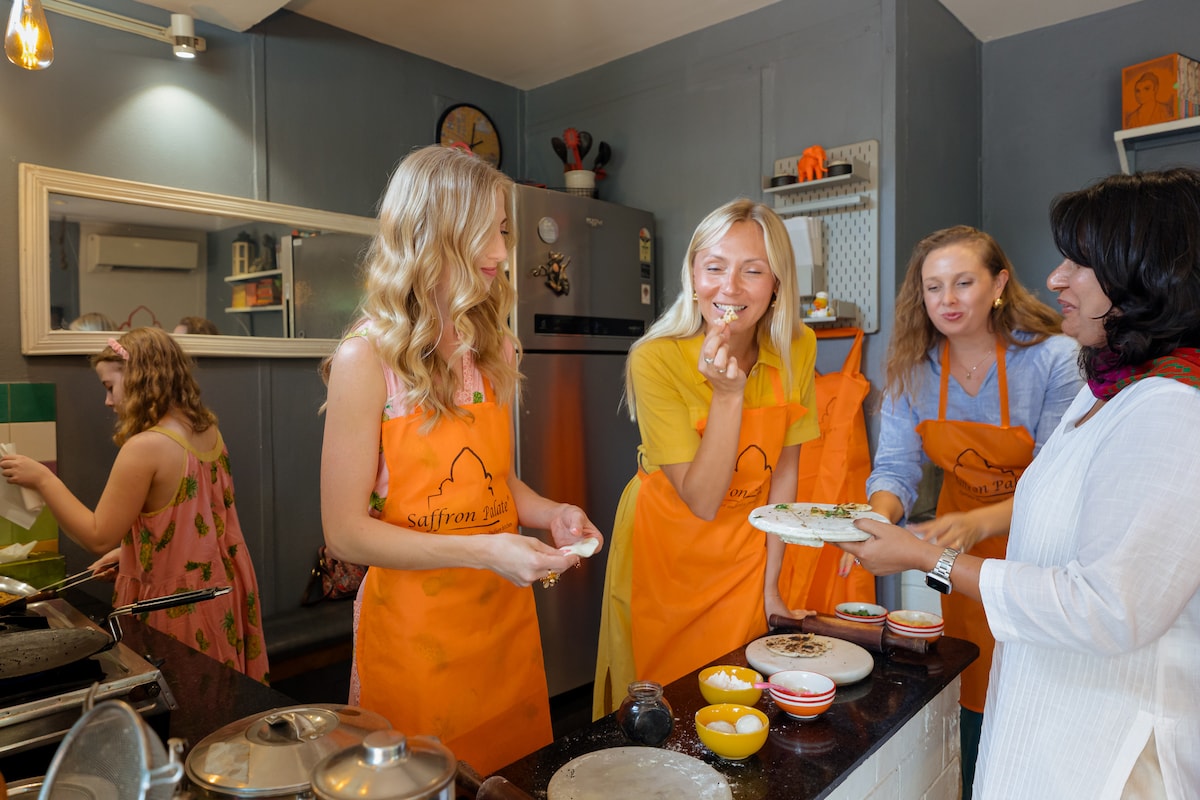
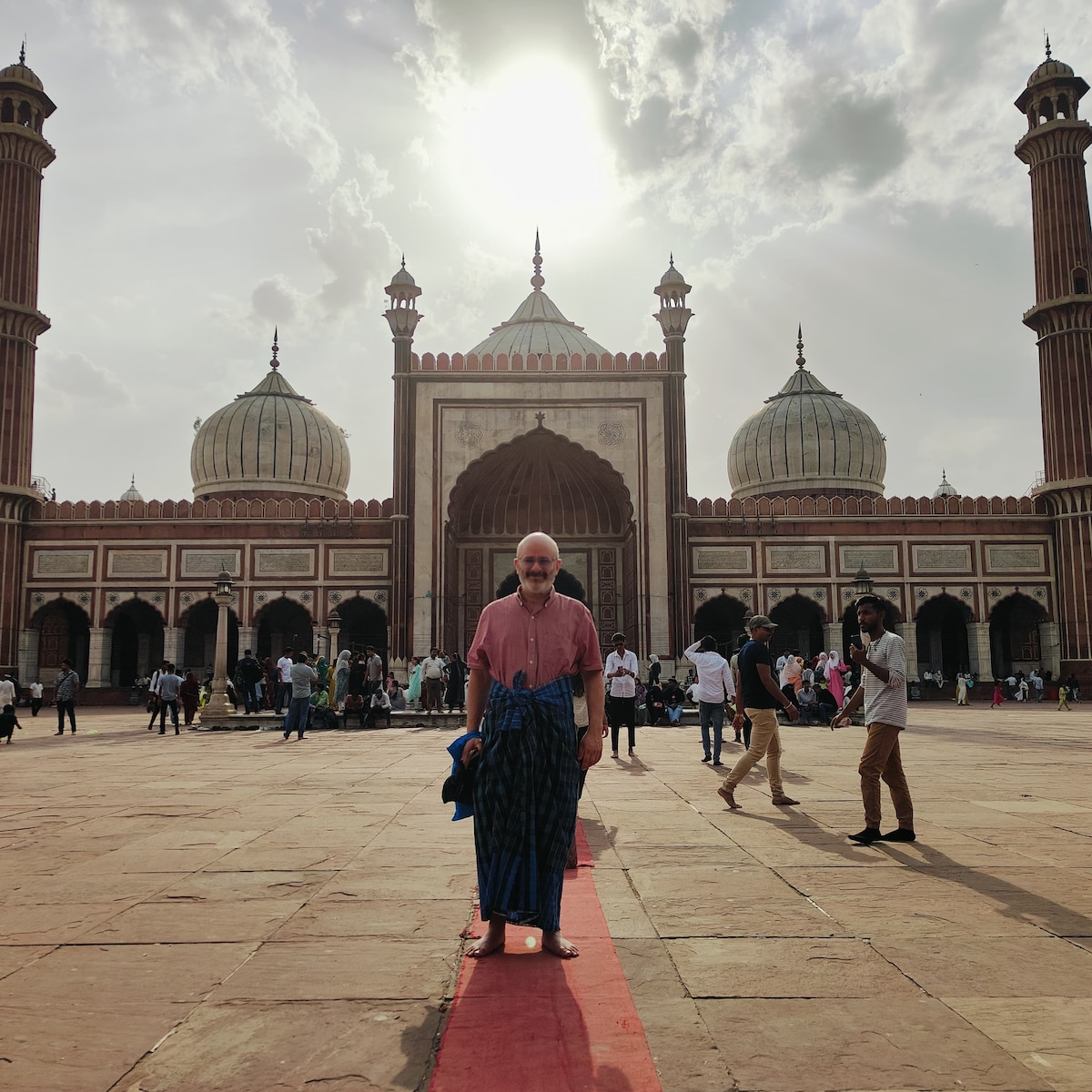
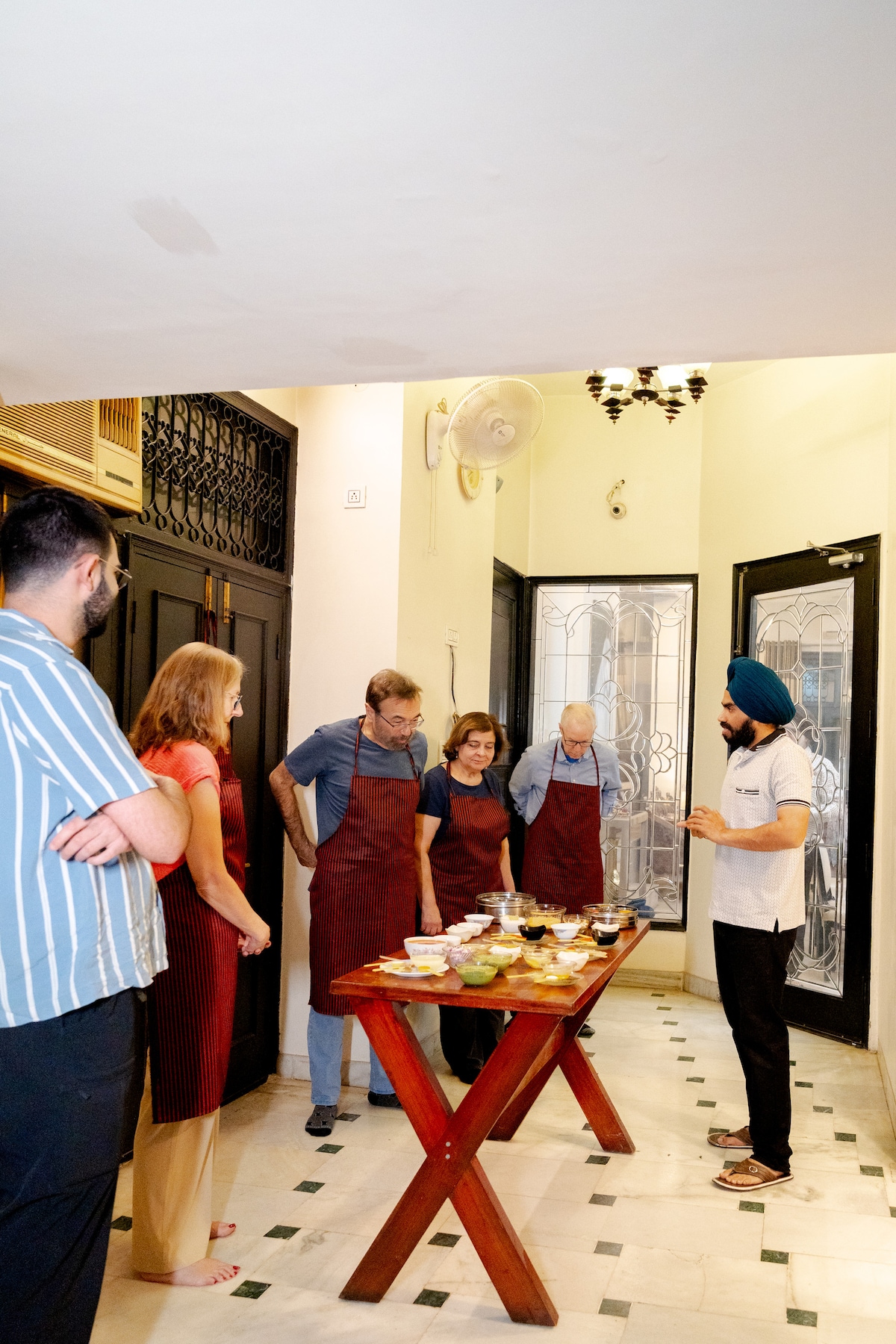
Nearby restaurants of Fatehpuri Masjid
Kake Di Hatti
Gole Hatti
Shri Hari Sharnam
Bikanervala | Chandni Chowk
Khan Omelette Corner
Giani's Di Hatti
Ram Parshad Makhan Lal
Jagjit Restaurant
121 shakhari bhojanalaya
Annapurna Bhojanalaya Pure Vegetarian

Kake Di Hatti
4.1
(4.8K)
$$

Gole Hatti
4.0
(456)
$

Shri Hari Sharnam
4.2
(190)

Bikanervala | Chandni Chowk
4.0
(935)
$$
Akram Khan AKM

Mustaque Ahmed
Sanaul Haque
Nadeem Raja


